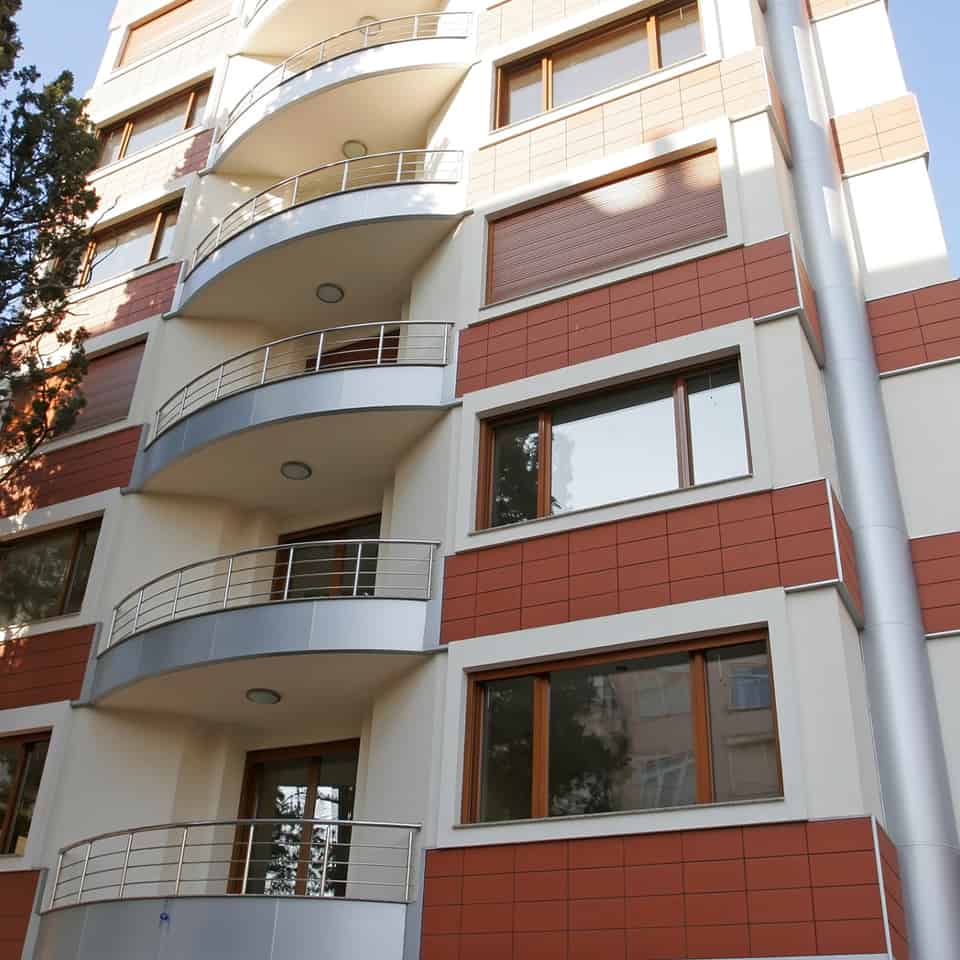Good Floors Make Good Neighbors
Remember back in the ‘70s when those cool olive green or rust-colored shag carpets were all the rage? Wall-to-wall carpet was a staple in any home remodel and even installing carpet in bathrooms and kitchens was the standard. In America’s history, one of the earliest gifts George Washington received as president was a wall-to-wall carpet from Louis XVI. Wall-to-wall carpet was a sign of luxury. By the 1940s hardwood flooring was covered up with wall-to-wall carpet. Today on HGTV, any remodel of an old house involves pulling up that old carpet hoping to find pristine hardwoods below.

Today the carpet-trend is being overtaken by a new industry of laminate, vinyl, and ceramic tiles that mimic wood, ancient patterns, and even fabric-looking finishes. The do-it-yourself industry has made it easier and easier for homeowners to pull out their carpets and install these new finishes as a weekend remodeling project. Although this trend has improved people’s home aesthetics, it has created another problem when it comes to multi-family residences such as condominiums.
Sound isolation between adjacent condominiums is not only an important goal to be a good neighbor, it is also regulated by the International Building Code (IBC). Impact noise such as footfall is one of the number one complaints from homeowners that live below a neighbor. In the early days where carpet was prominent, footfall noise was not so much an issue since carpet is extremely effective in softening footfall noise at the source. The metric used to assess footfall noise is the Impact Insulation Class (IIC) that is determined via a standardized test developed by ASTM International, formerly known as American Society for Testing and Materials. ASTM is an international standards organization that develops and publishes voluntary consensus technical standards for a wide range of materials, products, systems, and services. The IBC has established a minimum IIC rating between condominiums of 50. For comparison’s sake, consider that an STC of 20 to 40 is considered very poor, whereas an IIC of 50 is an improved rating where footfall is audible but muffled to a level that has been deemed acceptable by most. An IIC of 60 or higher can yield results such that footfall noise is inaudible. Industry standards have increased the acceptable IIC rating to a higher level for upgraded housing stock where a higher price-point means higher expectations. In our industry, an IIC 50 is considered the absolute minimum and is reserved for low-income or entry level construction. Market-rate construction requires a minimum IIC of 55 and luxury or high-end construction requires an IIC of 60 or higher.
Carpet is an excellent way of providing a high IIC rating. Carpeting alone can increase an IIC by 15 to 20 points depending on the type, thickness, and density of carpet and pad. Once that old carpeting is removed and replaced with tile, wood, vinyl or laminate tile, the IIC rating topples down dramatically - sometimes below an IIC of 50, especially for wood structures using 2x joist, TJIs, and wood trusses.
New condominium projects are required to meet a minimum IIC 50 as prescribed by the IBC. However, an IIC of 50 is not acceptable to many people, especially when they’ve been enjoying IICs in the 60s when carpeting was the norm. Homeowners Associations have adopted strict rules to condominium owners regarding floor finishes. Some older buildings have not yet adopted any rules which create huge problems when homeowners take it upon themselves to replace their carpeting with hard floor finishes. It does not even occur to some homeowners that changing their floor finishes can affect their neighbors. This conflict can erupt into litigation unless the HOA takes immediate action to resolve the issue.
There are products available that can increase the IIC rating for hard floor surfaces which may be required to bring some floor assemblies into compliance with the IBC. Condominium owners should be aware that even though these products are available, it does not mean that the IIC rating with a hard floor finish can achieve what carpeting alone can provide. It’s difficult to meet a happy compromise between neighbors. It’s also important to note that misleading advertising can lead a homeowner into thinking that an acoustical fix will elicit high IIC ratings regardless of the floor-ceiling assembly. Some companies that manufacture acoustical products boast that their product alone achieves IIC ratings over 60 without disclosing the details of the sound test where the high IIC is achieved. In most cases, these tests are performed on 8” concrete slab with a suspended gypsum board ceiling. These IIC ratings would not be possible in wood or other light-weight constructions.
There is a science to achieving acceptable IIC ratings and new products are being developed to adapt to these new design aesthetics. Homeowners and architects should be aware of the effects and consequences that a floor finish can have on the unsuspecting neighbor who lives downstairs.
-Mick Barnhardt, DLAA Senior Acoustical Consultant
Let's work together!


